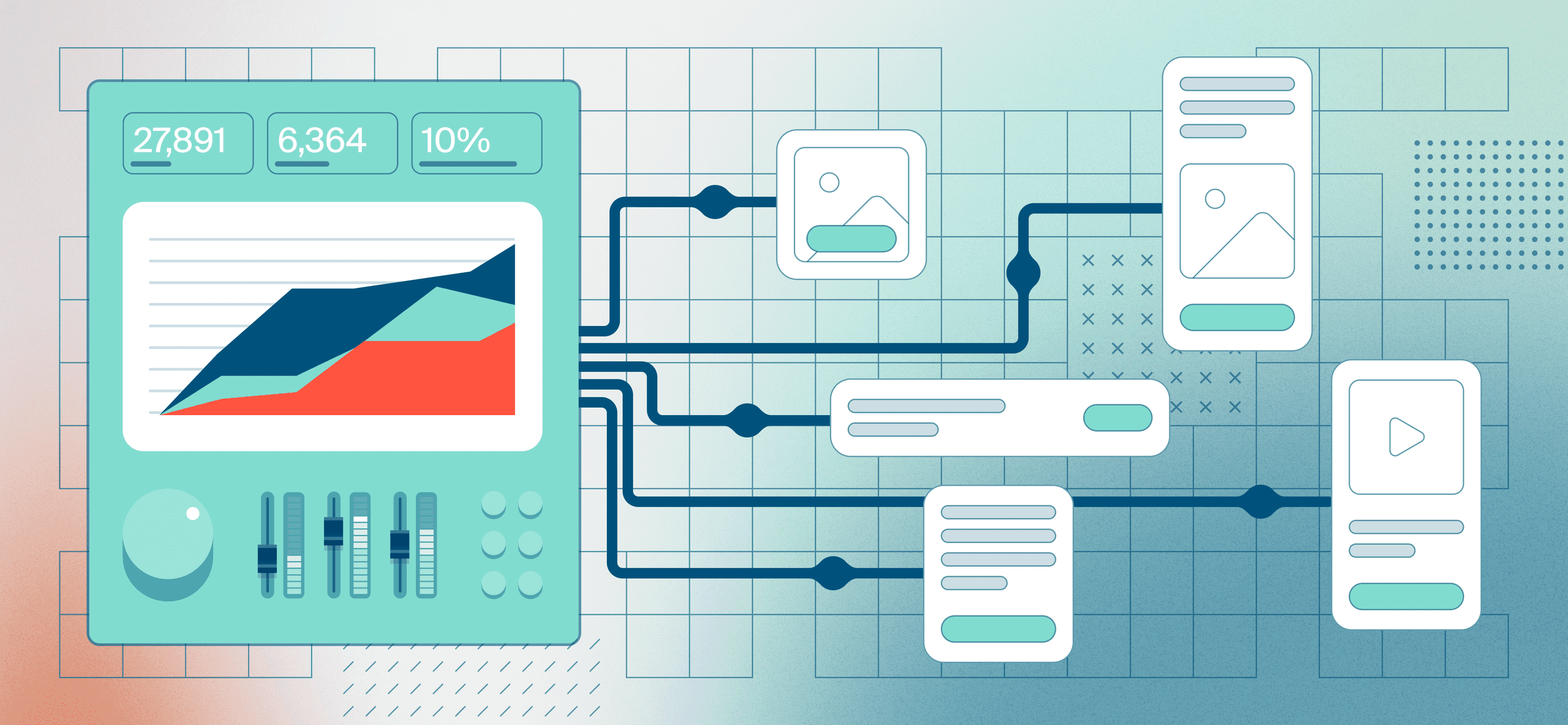
A successful digital campaign is about more than just great messaging. It’s also about reaching the right audience, not just once, but consistently over time. That’s where media sufficiency and optimization come into play. By giving attention to these areas, you can make sure that your campaign doesn’t just launch strong, but maintains its momentum.
What is Media Sufficiency?Media sufficiency is the amount of investment needed in paid media channels to achieve your campaign goals and desired results. It’s all about finding the right balance of spending to effectively reach your target audience and achieve your business goals without bombarding them.
When you’re determining your media budgets, it’s important to benchmark them against similar campaigns and understand historical spending levels across your organization and industry. Consider things like audience size, campaign type, and overall objectives when thinking about the required investment.
Optimizing Media Spend During a Campaign Once a campaign is live, there are a couple of different tactics you can use to optimize your media spend:
- Frequency – Pay close attention to the frequency and pacing of your ads. Frequency is a key KPI to monitor. It’s important to avoid overwhelming your audience with excessive ads, as this can lead to frustration. OX’s Director of Digital Media suggests targeting 7-10 impressions per person per week for display ads. When it comes to social media style ads, it’s best to limit them to a maximum of 2 per week. These types of ads tend to be pricer and have the potential to quickly exhaust your audience.
- Testing – Assess a variety of budget levels and evaluate their effects on KPIs. Search for points of diminishing returns to determine the best budgeting pace. When conducting a test, it might seem efficient to evaluate 3-4 variables simultaneously. However, it’s important to focus on a single variable for accuracy. Testing multiple variables concurrently can lead to misleading results and potentially inaccurate conclusions.
- Analysis – When assessing your campaigns, try to maintain a consistent approach. Avoid making strategic decisions midway through cycles. Instead, commit to letting your campaign completely unfold to make sure you’re gathering comprehensive data. Keep in mind that it’s better to make thoughtful optimization decisions than reactive ones. Consider the type of product you’re advertising, the sales cycle of that product, and the current pace at which you’re spending. Make sure that you’ve spent enough money, waited enough time, and seen statistically significant results before you make decisions.
Audience Segmentation Audience segmentation allows for more precise targeting, focusing on groups likely to convert. However, hyper-specific targeting may reduce overall reach and the potential impact of a campaign.
When you’re beginning to build the first segments for your campaign, try to think broader. Emphasizing broader segments can capture multiple touchpoints along a customer’s journey. It’s essential to balance segment size with specificity. With broader segment definitions, you have a higher chance of reaching your ideal audience within a given budget. If your audience is too small, that can hinder conversion rates, and require a significant amount of varied creative. Over-segmentation risks missing out on larger audience groups because of how different platforms build audiences. Your messaging should impact a diverse group beyond just key decision-makers.
Testing and OptimizationFor the most effective campaigns, embracing testing and optimization best practices is essential. The journey to continuous improvement involves consistent testing and iteration. When you’re comparing audience segments, take advantage of built-in overlap tools to make sure there is a diverse reach. As you build out these audiences, start exploring innovative approaches. For example, use both exclusions and inclusions to engage the same individual uniquely through tailored design.
Incorporate regular, concise testing cycles, and focus on one variable at a time. While monitoring daily and weekly trends can help identify early performance outliers, try to avoid hasty reactions. Start by achieving broader strategic gains and then narrow down to fine-tune for incremental optimizations. Harness automated dashboards for an at-a-glance view of KPIs. This will help you recognize what is and is not working. To round off the process, integrate these learnings back into your campaign strategies and establish a system for ongoing tests and feedback
Running successful digital campaigns requires bringing together strategies across multiple areas – from budgeting to audience targeting to optimization processes. With the right vision and commitment to continuous optimization, any organization can elevate their digital marketing maturity over time.
This article is adapted from a recent podcast appearance on The Agile Brand with Greg Kihlstrom.


